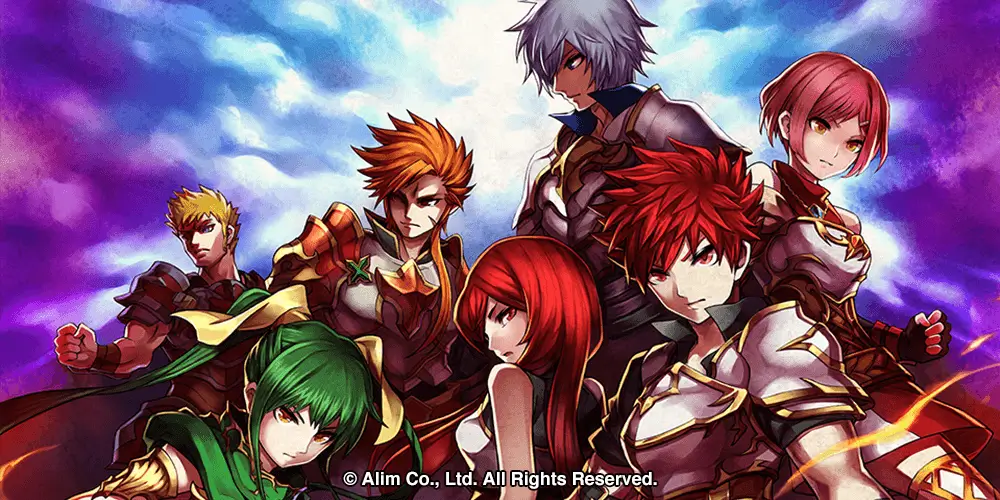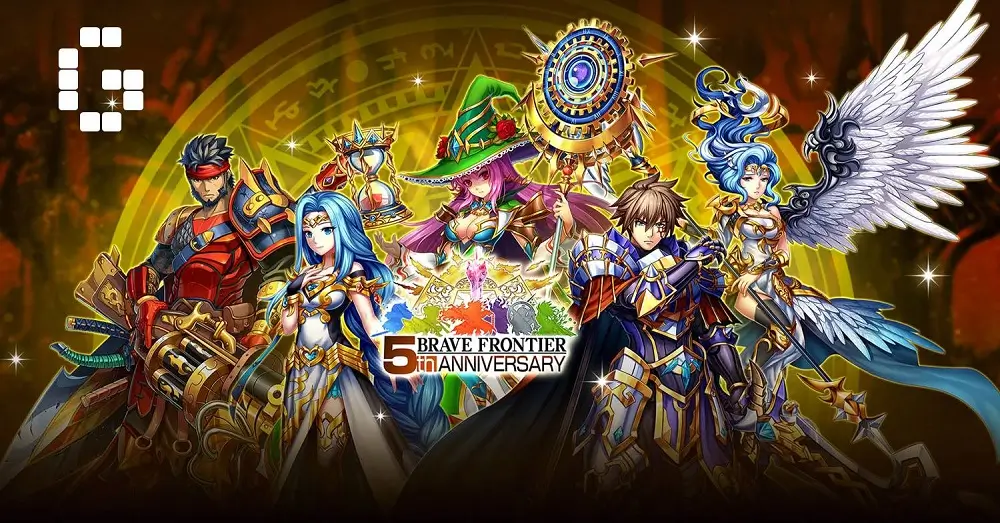Introduction
The newly launched mobile game Brave Frontier Versus APK brings a refreshing twist to the classic franchise. Instead of long missions, it offers fast, strategic five turn skirmishes where timing, deployment, and synergy are crucial. In this setup, your deck and team composition are the keys to success.
To gain an advantage, many players turn to a tier list as a reliable guide. A tier list ranks character cards by their overall strength and usefulness in the current game meta. Used wisely, it helps you select a strong foundation, focus on high impact upgrades, and avoid wasting resources on weak units. However, a tier list is only a guide, not a guarantee of victory.

Understanding the Tier List
What “tiers” mean?
In tier lists, you’ll find rankings like S tier, A tier, and B tier. Here’s what they usually represent:
- S tier units: Top performers that are powerful, flexible, and relevant to the current meta.
- A tier units: Excellent options, but slightly more situational or less dominant.
- B tier and below: Decent or niche units that require the right setup to shine.
These rankings depend on stats, abilities, team synergy, and overall value in the game. Still, tier lists have limits. The meta can shift, new cards can change balance, and some units perform better in specific conditions.
What to watch
Brave Frontier Versus isn’t just another version of the original game. It introduces a six unit team system, revival each round, and Manifestation Cards that activate at specific turns. Because of this, unit value depends on:
- Deployment speed and early impact.
- Strength within the five turn battle structure.
- Compatibility with Manifestation Cards.
- Performance against current meta strategies such as rush or control teams.
Since the game is still growing, tier rankings can change quickly after updates or new releases.
Step by Step: Building your team using a tier list
Choose your core units
Start by picking one or two S tier or A tier units. These will be your main attackers or supports. Choose them based on your strategy. For example, aggressive players might prefer burst attackers, while defensive players may favor sustain or control units.
Add supporting units with synergy
Next, choose supporting cards that complement your core. Look for buffs, debuffs, healers, or units that boost your team’s strategy. Sometimes a B tier unit can perform better than expected if it works well with your main cards.
Balance your deck for every phase of the match
In a five turn game, balance is everything. You’ll want:
- Early game units to set the tempo.
- Mid game supports to maintain control.
- Late game finishers to secure victory.
Use the tier list to identify which cards excel in each stage of the match. A team full of heavy finishers may look strong but can lose early momentum if you lack fast units.
Optimize for meta and counter play
Stay aware of the current meta. Identify popular S tier picks and plan counters. A good counter strategy often beats even the most powerful teams. Keep checking updated tier lists so you can adjust to new trends and balance changes.
Test, refine, and evolve
After assembling your team, play several matches. Take note of what works and what doesn’t. Are your core units delivering consistent value? Do your supports activate at the right times? Once you identify weaknesses, revisit the tier list and make adjustments.
Tips and Best Practices: Getting more from the tier list
- Don’t rely only on S tier units. A well balanced team with synergy can outperform a team of high ranked cards.
- Focus on roles. Balance between attackers, tanks, and supports. Each role matters.
- Prioritize upgrades. Use your resources wisely on the most impactful units first.
- Stay updated. The Brave Frontier Versus meta changes quickly, so check new tier lists after patches.
- Adapt your playstyle. Build a team that matches how you like to play, not just what the rankings say.
Common Mistakes to Avoid
- Picking too many S tier cards without synergy or balance.
- Using outdated tier lists that don’t reflect new patches.
- Ignoring lower tier cards that can counter specific threats.
- Spending all resources upgrading one unit while neglecting others.
Conclusion: Use the Tier List as Your Team Building Compass
In Brave Frontier Versus, success comes from strategy and adaptability. The tier list is your compass, helping you recognize strong units, allocate resources smartly, and understand the current meta. Still, the real strength of your team depends on how you combine these insights with your own tactics.
A well built team uses the tier list as guidance, not as strict rules. Keep testing, refining, and adjusting as the game evolves. With the right mix of strategy, synergy, and awareness, you’ll build a team capable of dominating every match in Brave Frontier Versus.

